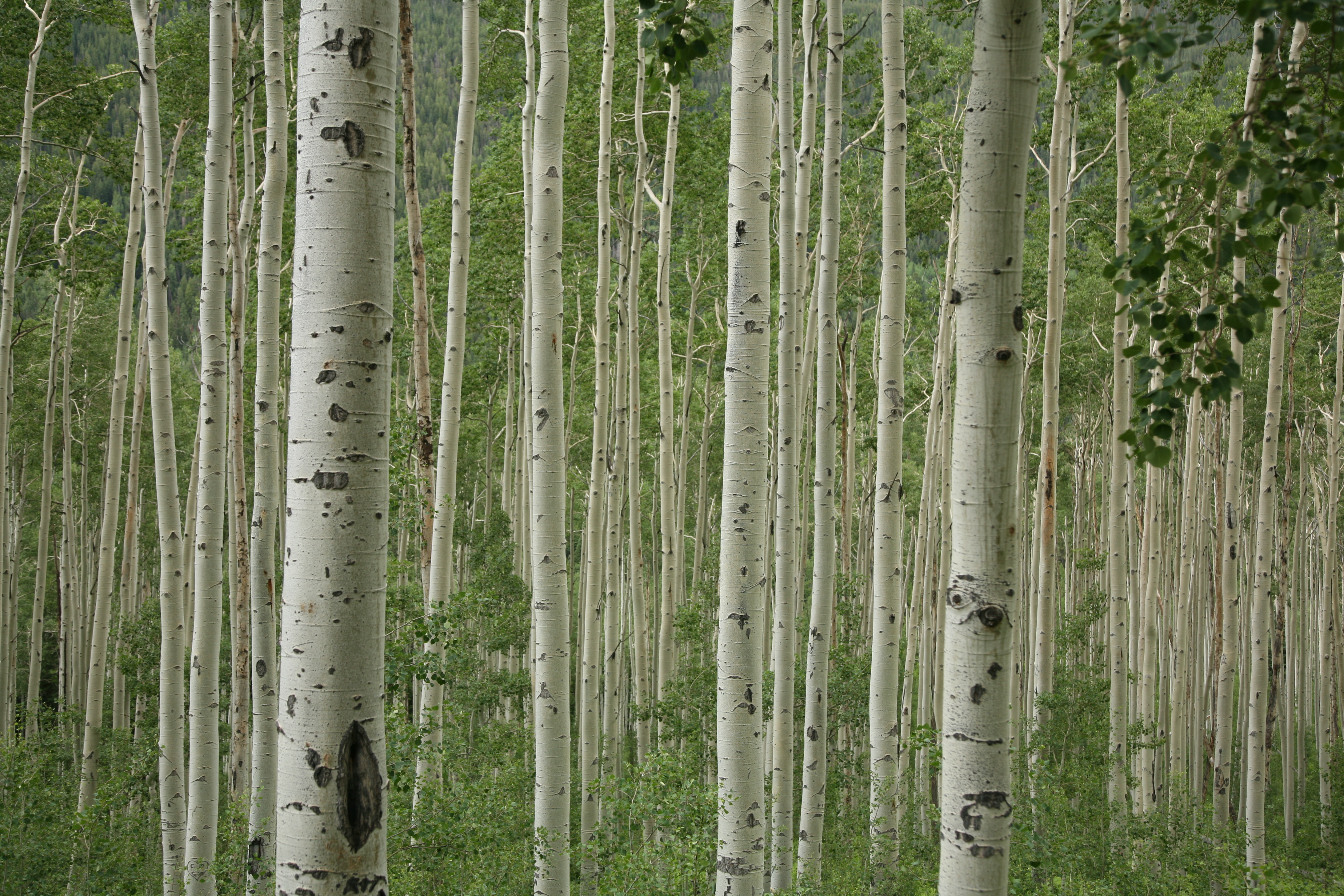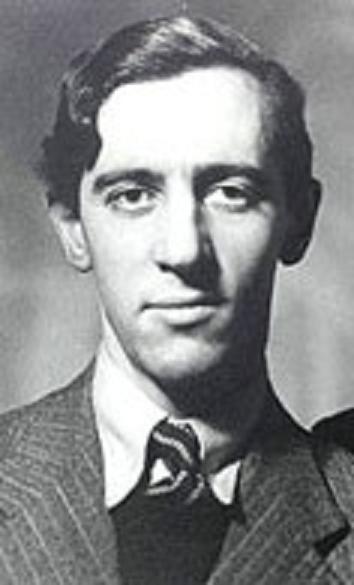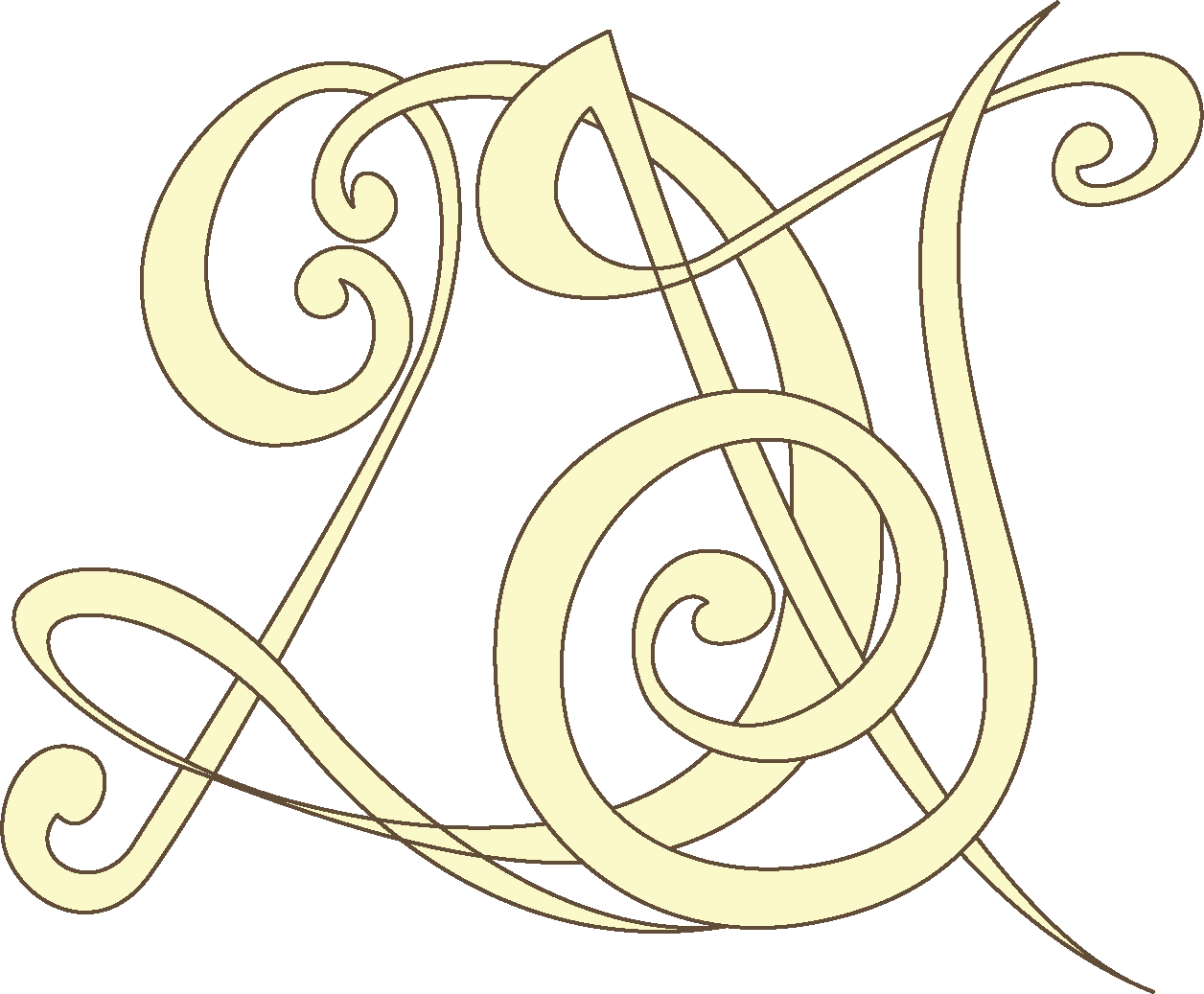Artist Statement
The world around us is filled with marvelous detail. In the physical, palpable characteristics of our surroundings, in the depths of human emotions, in the stories of all of our lives, our world is replete with infinite nuances and subtleties, most of which go unnoticed or ignored. My aim as I write music is to take hold onto some of these details of our lives and highlight them, bring them to the surface and expound on and elaborate on them.

Many of these details live beyond what we can see on the surface. I recently wrote a piece for chamber orchestra titled Aspen. Prior to writing the piece, I visited Aspen, Colorado, with my wife, and there learned about a peculiar quality of aspen trees that intrigued me, which is that aspens reproduce not by planting seeds, but by expanding their roots, from which they sprout new trunks. What we see on the surface as a grove of aspens - as a group of many different trees - is in fact one single organism, interconnected by an intricate root system. I found the idea to be fascinating, and I began writing Aspen with this concept in mind. While the piece doesn’t follow any particular narrative, this unique property of aspens inspired and informed the form and direction of the work. I began with a few simple gestures and allowed these ideas to spread and expand, exploring and experimenting with as many different facets and details as I could as the piece transformed and evolved. On the surface, the piece may seem to simply depict a grove of aspens - the materials I used certainly have an earthy, forest-like quality to them - but more than that, the piece is an illustration of the concepts of growth, development, and unity that are exemplified by these remarkable trees.

Charles Madge, 1912-1966
A step deeper perhaps than these unseen details are those thoughts, ideas, and emotions that are intangible or imperceptible, those which exist only in our minds. My music seeks to bring even these to the surface. In a recent art song titled The Birds of Tin, I set to music a text of the same title by the English surrealist poet Charles Madge. The poem describes a dreamscape filled with these birds – normally natural creatures – which are made out of metal, an artificial, man-made material. Madge discusses how “we play with them,” “they cost us nothing,” but we “cannot eat” them or speak with them or persuade them to open their wings. The entire poem excites a sense of urgency and anxiety and seems to conjure the image of something that has become ubiquitous in society, which is now taken for granted, but which may not be beneficial to us, and may, in fact, be harmful to our society. A modern example that comes to mind could be our hyper-reliance on modern technology such as mobile devices and social media and how it can detract from our personal relationships with family and friends. This feeling of urgency and anxiety is something that’s difficult to put into words, but it’s exactly what I sought to capture as I set the text to music. Through driving, persistent, asymmetric rhythms, biting dissonances, and the shrill, high register of the flutes and piano, I sought to bring out the poem’s sense of alarm and urgency and evoke the image of hidden danger that I found underlying the text.
Whether they are tangible qualities of the natural world or ideas or emotions that exist outside the tangible realm, I hope to help my audience to become more aware of these rich details and to reflect on aspects of their world that they hadn’t noticed before or which they hadn’t considered. I hope my music will bring my audience to a better understanding of who they are and what it means to be a part of the miraculous world in which we live.
